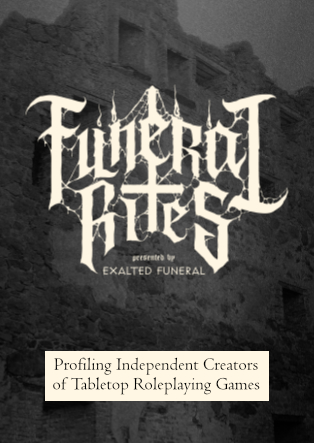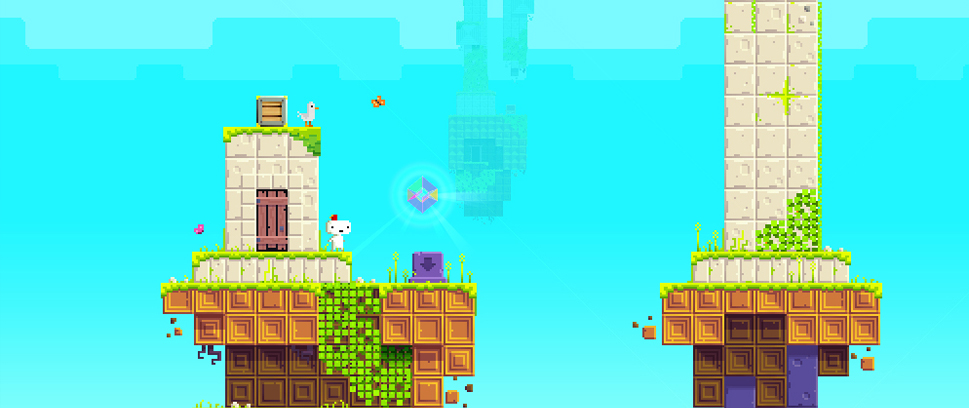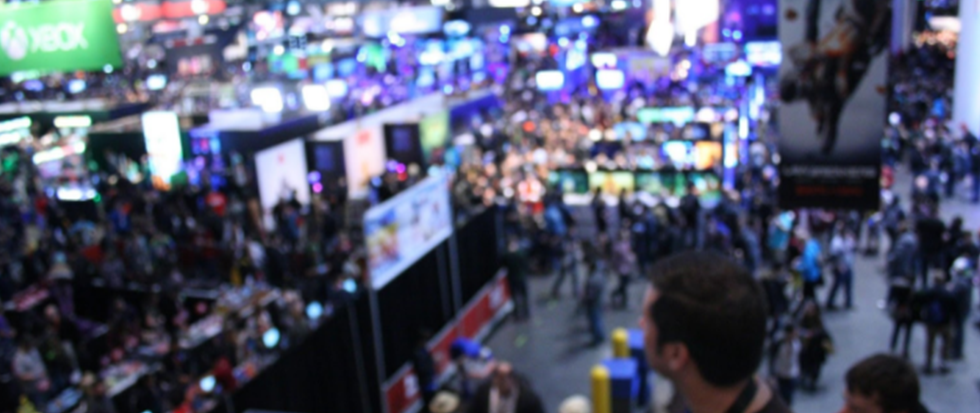
It Belongs In A Museum!
The following is an excerpt from our interview with Jacob McMurray, senior curator at Seattle’s EMP Museum, from Unwinnable Weekly Issue Twenty-Four’s cover story. Earlier this month EMP kicked off Indie Game Revolution, an on-going two-year exhibition featuring a rotating menu of culturally important and thought-provoking indies like Papers, Please, Gone Home and Never Alone – games that celebrate the diversity and creativity that’s propelling the industry forward. (Full disclosure: I’ve done some support writing on République, one of the games currently featured in the exhibit.)
If you like what you read, please consider purchasing the issue or subscribing for a month.
———
Unwinnable: You’ve spent a lot of time as curator designing exhibits around music and movies. What made you want to look at videogames?
Jacob McMurray: Before [Indie Game Revolution], we had the small Art of Videogames exhibit borrowed from the Smithsonian. To me, its sole power was that it engaged that nostalgia. That got us thinking about that exhibit, and how all the associated programming was really popular. We’d been focusing on music, on film, on nerdy popular culture, why not bring in gaming, which is just the same exact stuff – engaging those same passions – and bring it into the core of what we do in a meaningful way?
At that point, around July 2013, I started percolating on what the exhibit could be about, knowing that it couldn’t be about all videogames just because that would be meaningless. I’ve always played games, my first game was Wizardry, in 1982, when my dad bought it for me when I was 10 for Apple II E – but I hadn’t really played a ton of stuff indie-wise, I think I’d played Minecraft and a couple other things.
I’d watched that Indie Game: The Movie documentary and, while it’s kind of problematic, that idea of this palpable excitement about creativity and engaging people directly with that creative process was appealing.
Unwinnable: How did you grow that initial idea?
J.M.: One of the first things I did that October was I went down to Indiecade in LA and went to a bunch of panels and saw the festival part of it – I think that cemented it, that everybody was having such a good time, people were so psyched about stuff, but it was also a little bit nerve-racking because it wasn’t like doing something that happened in the past, where that story is set. This is happening right now. If we’re gonna do this, it can’t just be up for three months, here’s greatest hits of indie games or whatever and then it’s done. We have the opportunity to get in on this right now and be an active, constructive commentator on what’s happening, but it has to be something that’s facing the scene as it’s happening.
That’s when I started thinking, OK, let’s build an infrastructure right now, the idea that we’re going to focus on 20 playable games, but those games are being switched out every couple months. That was the basic structure, and I pitched that to our higher-ups thinking that it wouldn’t be accepted because all of the media attention gets played towards the big games. I think that was right around when Grand Theft Auto V was released and made a billion dollars in three days, thinking they’d be like, “Well, why not this?”. [But] I think it ultimately it made a lot of sense to focus on indie games just because that’s what [EMP is] about, empowering individuals towards creativity.
Unwinnable: How did you go about addressing the wide diversity in the indie game scene?
J.M.: From the beginning, I wanted this to be a tool for advocacy, you know, we’re gonna focus on the idea that the games we’re showing have a breadth of content, from weird avant-garde stuff to seeming more gamey-gamey mainstream-y stuff. Also, it’s a diversity of creators. You have a good spread of genders and ethnicities and orientations.
Even on the player-character side that you’ve got that, it’s not all muscle-y white dudes that are the protagonists. We wanted to be up front with that. I love the idea that anybody could come into this exhibit and see a story that might reflect their life experience. We’re talking about contemporary videogames [as a whole], where the spread of creators is not as diverse as we’d like it to be. I mean, they’re out there, but it’s still predominantly white dudes that are making stuff.
I think that’s most of curating, trying to find that balance of stuff. We have 20 playable games but with those 45 creator interviews, they’re talking about another 20-30 different games. The composers are representing another X number of games. The timeline for indie history has another 50 games. Overall we’re covering a huge amount of territory, even if the playable games taken by themselves may not cover as much.
Unwinnable: How has working on this changed your perspective on games? When you sit down now to play something, do you think about it differently? Do you look at them differently?
J.M.: Yeah, I absolutely do. It’s hard for me to even remember a year ago and what my state of mind was. Definitely my conception of what is available and what the possibilities are for games is much broader than it ever was. I think I really was aware of what gets marketed broadly. And now realizing that there are all these experiences – ranging from tiny two-day game jam experiences to crazy in-depth things that no one could ever conceive of – that all of that fits within this realm I think is really cool. If I can convey the passion that I’ve had while creating this stuff to the people visiting then all is good.
Unwinnable: Do you still play triple-A games?
J.M.: Yeah, I do. I think watching a lot of Anita Sarkeesian’s videos and doing a lot of interviews with the different people that we did, where you see a lot of the politics that’s happening in [the medium] that I don’t think was very apparent – at least until recently with all the GamerGate bullshit – to people on a mainstream level. That’s definitely changed the way I think about games.
Also, it feels like this is just another form of culture and all forms of culture are suffused with every other aspect of our lives. None of it is ultimately surprising. Just having those structural frameworks in which you can think about things was really interesting. But [with the exhibit] we’re trying to frame everything in a light of this being the possibility for things. This is the potential for games. This is what games can be. I want people to go away thinking wow, this is fucking exciting! I can be part of this.





